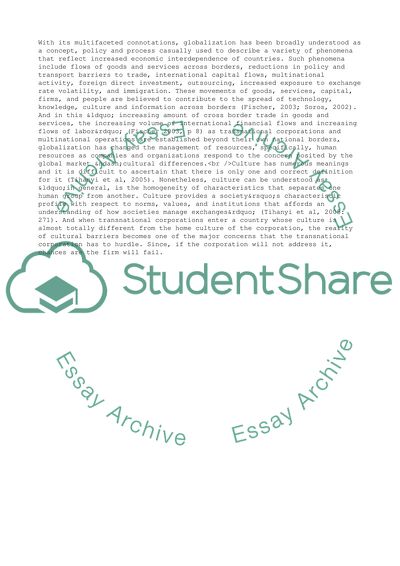Cite this document
(Cultural Barriers in International Business Case Study, n.d.)
Cultural Barriers in International Business Case Study. https://studentshare.org/business/1731145-cultural-barriers-in-international-business
Cultural Barriers in International Business Case Study. https://studentshare.org/business/1731145-cultural-barriers-in-international-business
(Cultural Barriers in International Business Case Study)
Cultural Barriers in International Business Case Study. https://studentshare.org/business/1731145-cultural-barriers-in-international-business.
Cultural Barriers in International Business Case Study. https://studentshare.org/business/1731145-cultural-barriers-in-international-business.
“Cultural Barriers in International Business Case Study”. https://studentshare.org/business/1731145-cultural-barriers-in-international-business.


